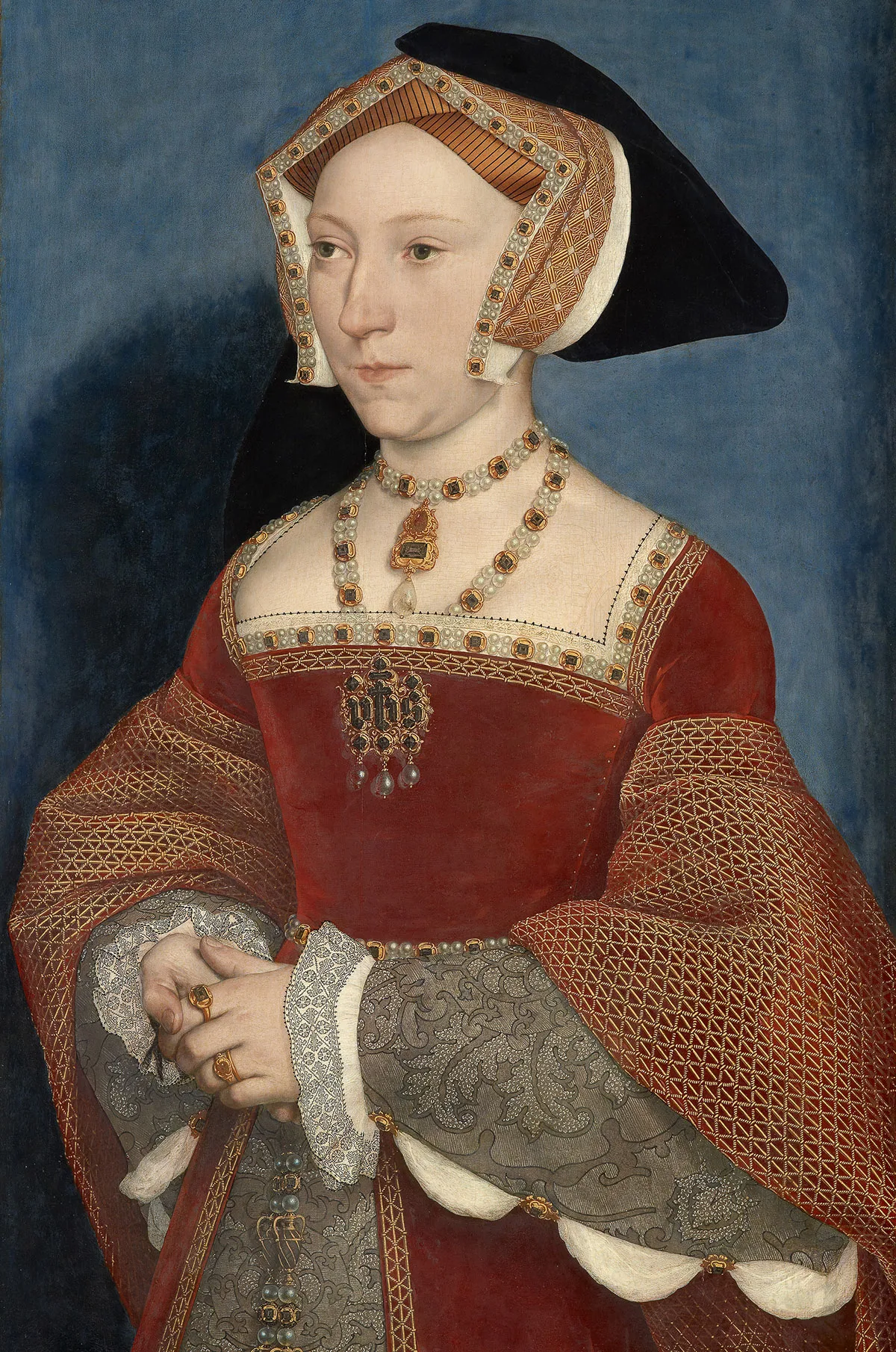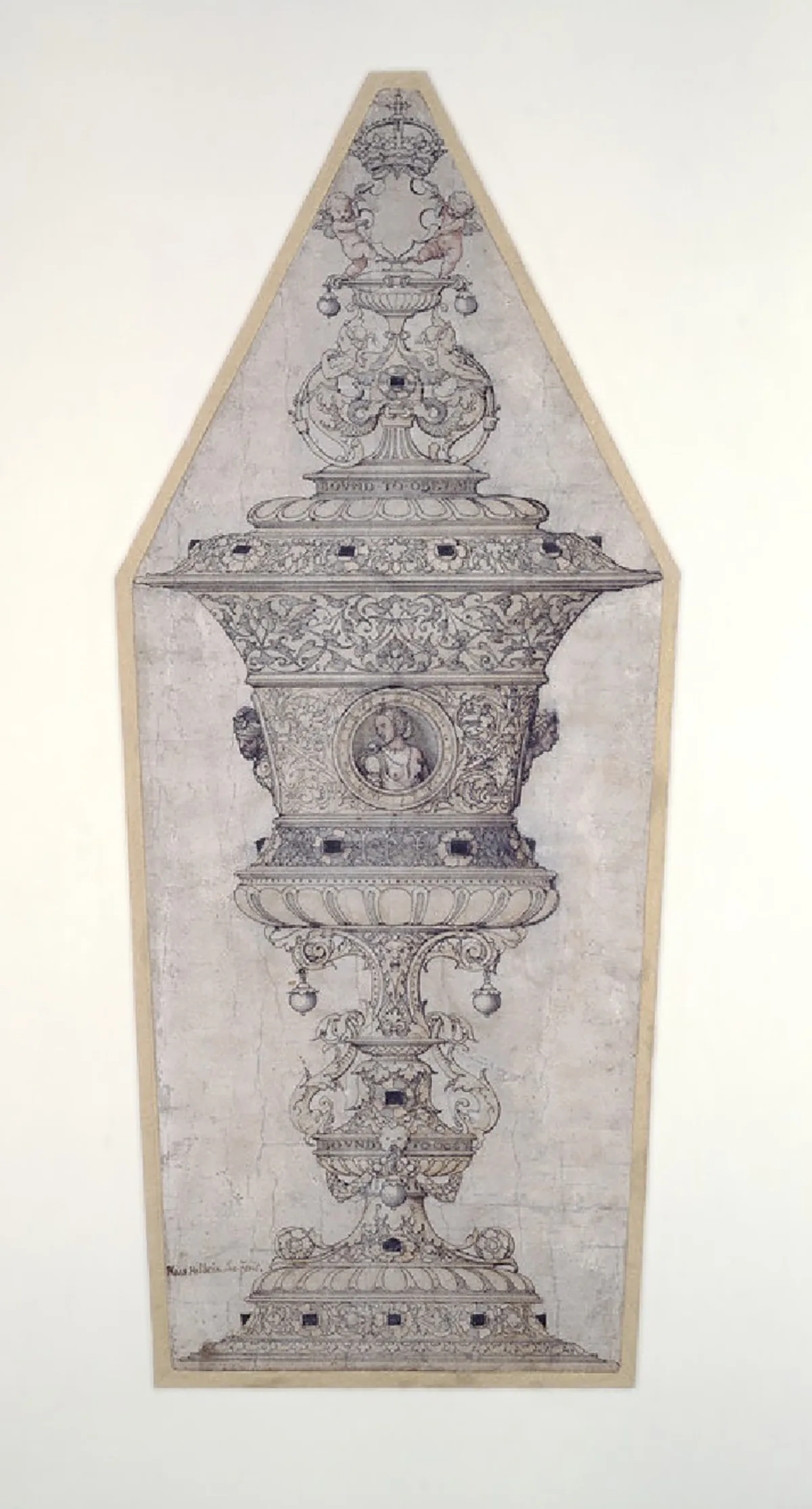
A world-famous cup
A 16th-century royal wedding present grabbed the world’s attention before, and again after, industrialisation.


Melted down and rediscovered



A 16th-century royal wedding present grabbed the world’s attention before, and again after, industrialisation.



